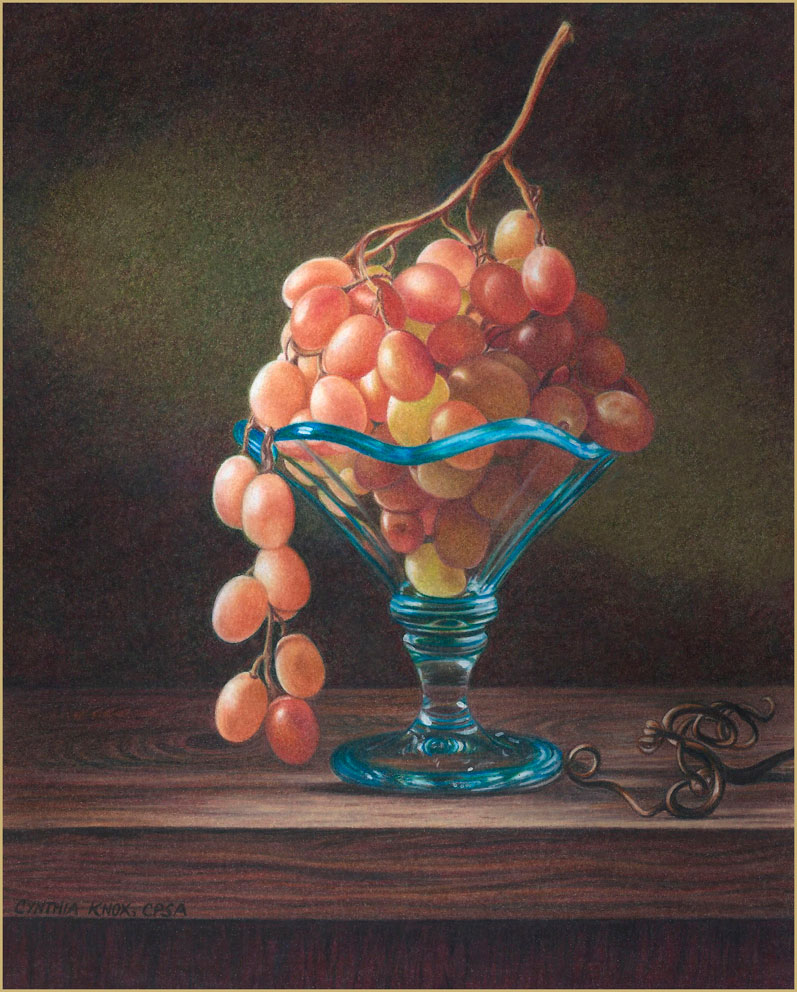Classic Still Life

The art of classic still life has been a cornerstone of artistic expression for centuries, captivating the imagination of artists and art enthusiasts alike with its timeless beauty and profound significance. At its core, still life painting is an art form that involves the depiction of inanimate objects, often arranged in a deliberate manner to convey meaning, symbolism, or emotional resonance. From the exquisite works of the Old Masters to the innovative creations of modern artists, the genre has evolved over time, reflecting the changing tastes, values, and technological advancements of each era.
One of the most distinctive characteristics of classic still life is its emphasis on realism and attention to detail. Artists would often spend hours, even days, perfecting the arrangement of objects, the play of light and shadow, and the textures of the various elements in the composition. This fastidious approach was not merely a matter of technical proficiency but also a reflection of the artist’s desire to capture the essence of the objects being depicted. By rendering the intricate details of a vase, the soft folds of a tabelcloth, or the vibrant colors of a bouquet of flowers, the artist aimed to invite the viewer into a world of contemplation and introspection.
The still life compositions of the 17th-century Dutch Masters, such as Willem Kalf and Pieter Claesz, exemplify this approach. Their paintings often featured elaborate arrangements of expensive and exotic objects, including fine porcelain, crystal glasses, and rare seashells, which served as symbols of wealth and status. However, these works were more than just displays of opulence; they were also nuanced explorations of the human condition, inviting the viewer to ponder the transience of life, the fleeting nature of material possessions, and the enduring power of beauty.
In addition to their technical mastery, classic still life paintings often incorporated a range of symbolic and metaphorical elements, drawing on a rich cultural and historical context. For example, the depiction of fruit, particularly apples and grapes, was often associated with themes of abundance, fertility, and the cycle of life. Similarly, the inclusion of skulls, hourglasses, and other memento mori served as reminders of mortality, encouraging the viewer to contemplate the transience of human existence and the importance of living a virtuous life.
The still life genre has also been marked by a remarkable diversity of styles and approaches, reflecting the unique perspectives and creative visions of individual artists. From the dramatic chiaroscuro of Caravaggio to the vibrant, expressive brushstrokes of Vincent van Gogh, each artist has brought their own distinctive voice and sensibility to the genre. This diversity has not only enriched the still life tradition but also ensured its continued relevance and appeal, as artists continue to push the boundaries of the genre, experimenting with new techniques, materials, and themes.
For instance, the American artist Georgia O’Keeffe is renowned for her innovative still life paintings, which explored the abstract, formal qualities of everyday objects. Her bold, large-scale depictions of flowers, fruits, and other natural forms not only showcased her remarkable technical skill but also revealed a profound appreciation for the beauty and simplicity of the natural world. Similarly, the contemporary artist Takashi Murakami has redefined the still life genre, incorporating elements of pop culture, anime, and manga into his vibrant, playful compositions.
As we delve into the world of classic still life, it becomes clear that this art form is not merely a representation of inanimate objects but a window into the human experience. It is an invitation to slow down, to observe, and to appreciate the beauty that surrounds us, often in the most unexpected places. Whether we are drawn to the intricate details of a 17th-century Dutch Masterpiece or the bold, expressive brushstrokes of a modern artist, the still life genre has the power to captivate, to inspire, and to transform our understanding of the world and our place within it.
In conclusion, the art of classic still life is a rich and complex genre that continues to fascinate and inspire artists and art enthusiasts alike. Through its unique blend of realism, symbolism, and emotional resonance, it offers a profound exploration of the human condition, encouraging us to contemplate the beauty, the meaning, and the significance of our everyday experiences.
What is the significance of still life in art history?
+Still life has played a crucial role in the development of art, allowing artists to explore themes of beauty, symbolism, and the human condition. It has also served as a platform for artists to showcase their technical skill and creativity, pushing the boundaries of representation and innovation.
How have still life paintings evolved over time?
+Still life paintings have undergone significant transformations, reflecting the changing tastes, values, and technological advancements of each era. From the realistic depictions of the Old Masters to the abstract, expressive works of modern artists, the genre has continued to evolve, incorporating new themes, styles, and techniques.
What are some common symbols and themes in still life paintings?
+Still life paintings often incorporate a range of symbols and themes, including fruit, flowers, and other natural forms, which can represent abundance, fertility, and the cycle of life. Other symbols, such as skulls and hourglasses, serve as reminders of mortality, encouraging the viewer to contemplate the transience of human existence.
By exploring the rich and complex world of classic still life, we can gain a deeper understanding of the artistic, cultural, and historical contexts that have shaped this genre. Whether we are art historians, collectors, or simply enthusiasts, the still life tradition offers a profound and lasting legacy, inviting us to appreciate the beauty, the meaning, and the significance of the everyday world around us.

